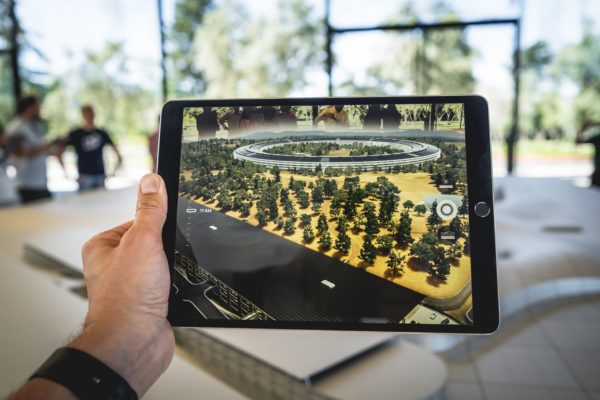An engineering student has been named a finalist in the Young Australian Design Awards.
Uniting his twin passions for engineering design and snowboarding has paid off for Deakin University Masters student Robert Leen, who was recently named a finalist in the Young Australian Design Awards.
Geelong-born and bred, Robert Leen has come a long way since he graduated from Belmont High School in 2008. Apart from his university studies, he has become a highly accomplished snowboarder – hoping to move into the snowboard cross arena – and a Japanese-speaker, where he spends several months snowboarding each year.
He credits his Deakin supervisor Dr Paul Collins for inspiring him to pursue engineering design during his engineering degree at Deakin.
In his final undergraduate year, under the supervision of Dr Collins and Dr Clara Alvarez, he took on the challenge of reducing the pain and discomfort caused by traditional snowboard bindings being strapped down across the ankle and toe.
For the snowboarder, bindings provide direct connection to the board, holding boots in place and allowing for the transference of muscle movements to the board. However, as boarders seek to increase their board’s responsiveness, they tend to over-tighten their straps.
As many as 32 per cent of snowboarders experience these problems.
Mr Leen called on the latest technology to design a unique binding system, which he called “Griptight Snowboard Binding.” He used 3D printing to produce a prototype, which was then trialled on the snow runs – and showed potential for future commercialisation.
[testimonial_text]Because snowboarding technology hasn’t changed much over the past 20 or 30 years, we were able to look at the new 3D technology available today and create something that wasn’t possible in the past.[/testimonial_text]
[testimonial_picture name=”Mr Robert Leen” details=”Engineering Design Masters student, School of Engineering”]
[/testimonial_picture]
For his “Griptight” binding, Mr Leen called on the high-tech patented BOA system, building a reel and steel lace cable system into the body of the boot. He also pulled the boot back into the high back and made the sole of the boot a structural rigid part. Eliminating the risk of over-tightening and increasing board responsiveness, the innovations impressed the judges of the prestigious Young Australian Design Awards
“Becoming a finalist was a great honour and experience in putting myself forward,” he said.
“It has encouraged me to keep developing my skills in design and product development for the future.”
Now studying for his Masters in Engineering Design, Mr Leen has joined the growing ranks of Deakin engineering design students and staff who have created innovative sports products – including an almost seamless high-tech wetsuit and a carbon fibre smart bike.
“A feature of the Engineering Design course is its emphasis on functional prototyping, which is central to the design process,” said Dr Collins.
“The act of developing an idea, building the concept and taking it out into the real world is critical to ensuring the success of any new product.”
Mr Leen hopes to one day set up his own design firm and apply his skills to the winter sports space – improving skis, snowboards or alpine rescue equipment.
“I am currently looking at design methodologies within sports technology, particularly collaboration between academia and industry,” he said.
“There is a strong need to improve knowledge within industry of the capabilities of new technology and the types of products that could be developed.”



